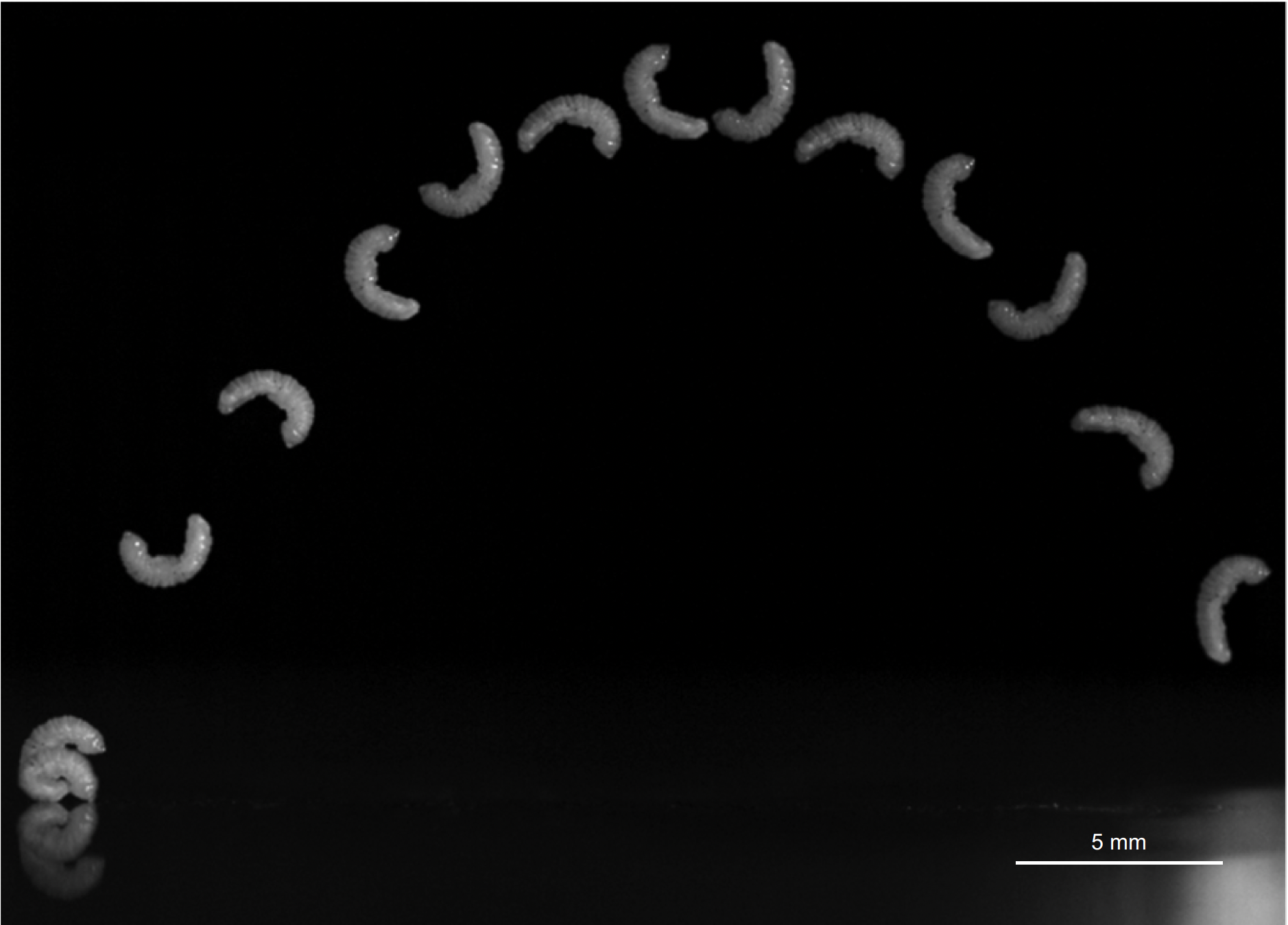Patek’s central aim in teaching is to make learning and research accessible, equitable, and tailored to the engagement of diverse learners. At the core of Patek’s teaching and mentoring strategy is using time in classes and laboratories as a vehicle to train, build and inspire students to fulfill their dreams and identify the academic areas that ignite their imagination and interest. Indeed, a tenet of Patek’s teaching is that students at any stage must identify what interests them, the kind of work that they actually enjoy doing, and how the combination of these two factors can be shaped into relevant and interesting pursuits. Therefore, Patek is an educator and mentor who provides the information, experience and guidance to propel students onto a path that is fulfilling from intellectual, personal and professional standpoints.
Courses
Principles of Animal Physiology (Bio 329L)
This course examines the physiological principles that ground essential life processes. Framed in an evolutionary context, processes ranging from respiration, circulation, neural control, movement, excretion and metabolism are examined at all levels – from molecular motors on up to ecosystems. Laboratories include investigations into live animal physiology using research grade data acquisition systems. This course holds codes for independent research (R), laboratory training (L), and intensive writing (W). Students attend two lectures per week (75 minutes each) and a lab section (3 hours). Students learn the foundations and interconnections of physiology through a suite of active learning approaches, including critical analysis through writing and discussion, and independently-driven, quantitative analyses through labs. Students work through the entire semester to write a top-quality research paper; the class integrates scaffolded writing techniques, whereby the students start with small writing components and work their way toward an outstanding large research paper that matches expectations for writing in the sciences. The lectures, labs, and writing are tightly integrated and primarily focus on student-driven investigations of the principles of physiology. The outcome of this class is a strong and rigorous foundation in the principles of physiology, and the cultivation of excitement about the vast potential of physiology for understanding human health, animal diversity, and the deep evolutionary history of our biological world.
How Organisms Move (400-level course)
While watching a heron fly, a worm burrow or even a tree bend in a strong wind, many questions arise about the materials and mechanisms of organismal movement. Understanding how organisms are built and how they move is important not only to studies of biology and evolution, but also to the design of biologically-inspired products. We examine the fundamentals of movement and materials from single-celled wigglers to multi-legged runners and place them in the context of both evolutionary history and engineering design. The goal of the course is to open new windows into understanding our moving and flexing biological world and to show the fundamental links between organismal biology, physics, evolution and engineering.
Students learn the mechanics of organismal movement across biology and dig into the connections to other fields/topics, ranging from engineering design to climate change. The class is taught through lectures, computer labs, and student-led class activities (usually hands-on). The R-based computer coding labs teach the students how to analyze real biomechanical datasets compiled from the assigned published papers. Students learn R computer programming from absolute basics to fairly sophisticated modeling and analysis. An independent project component of the course taps into the phenomenal creativity and ingenuity of Duke students. For example, students have done everything from learning how to run OpenSim (a full physics and physiology simulation of human motion), raise and film baby praying mantises (including building an Arduino motor system that dynamically moves a jump target), build physical models (e.g., bat wings, spinning speeds, model airplanes, jumping origami frogs) and test biomechanical hypotheses (e.g., perform comparative tests of limits of current windmill designs based on spinning seeds, and a hydrodynamic tweak to Olympic swimmers’ hand orientation). The outcome is a fun, engaging, rigorous, and curiosity-driven class that establishes a strong foundation in the interdisciplinary fields of organismal movement.
Previous courses: Quantitative Systems Biology (honors introductory biology laboratory/lecture course based on quantitative principles), Marine Invertebrate Zoology, Comparative Analyses of Biomechanics, Behavior and Morphology, and Evolutionary Origins of Communication.
Graduate discussion groups have included Biomechanics, Animal Behavior, and Biomechanics and Behavior.
